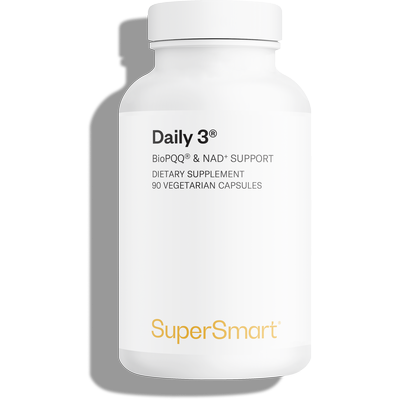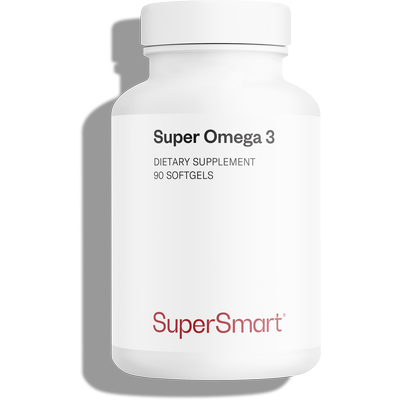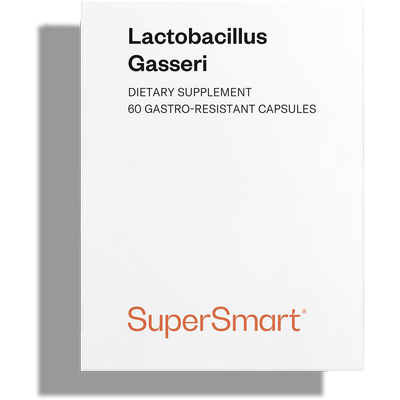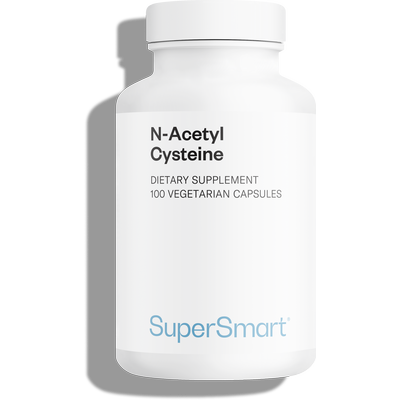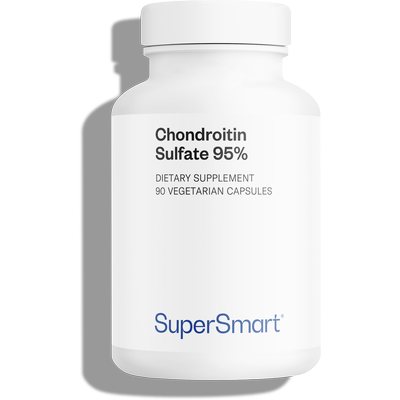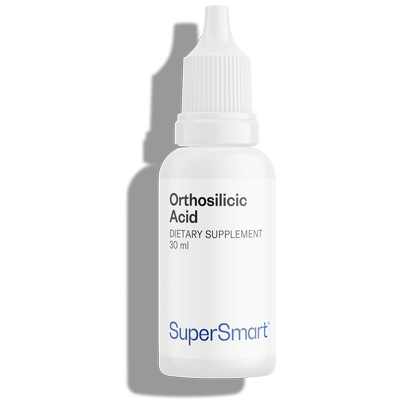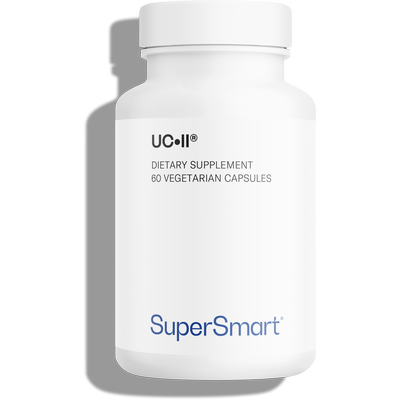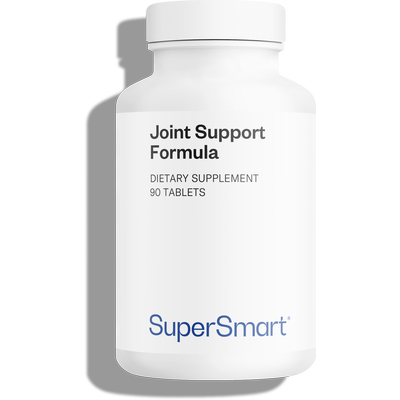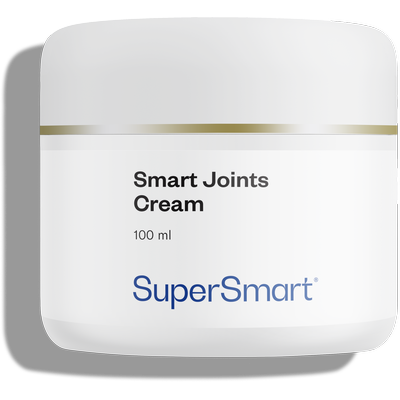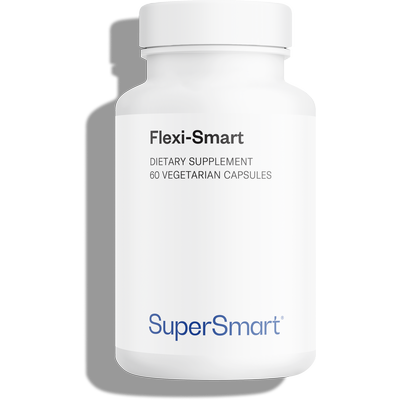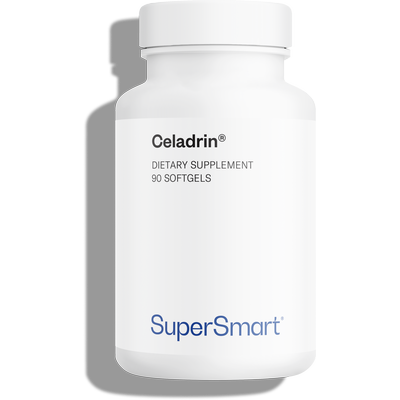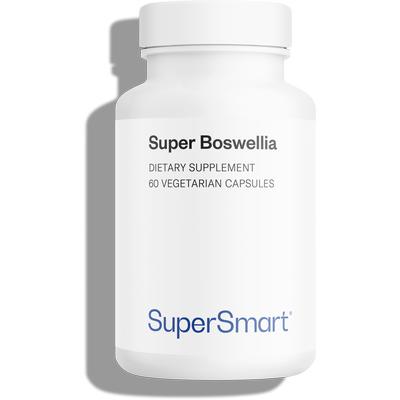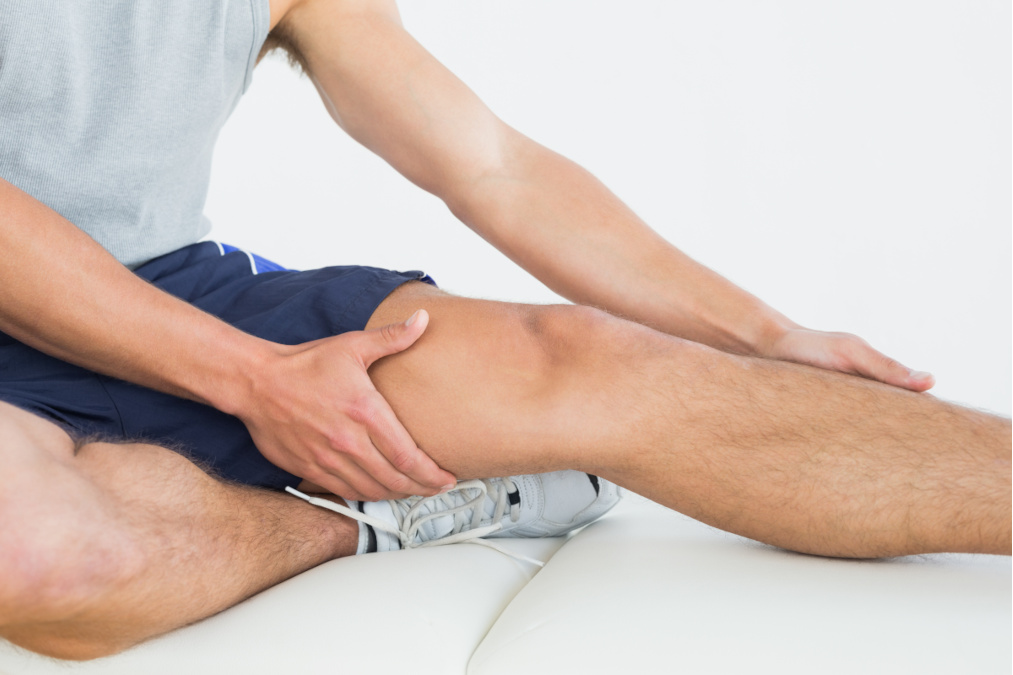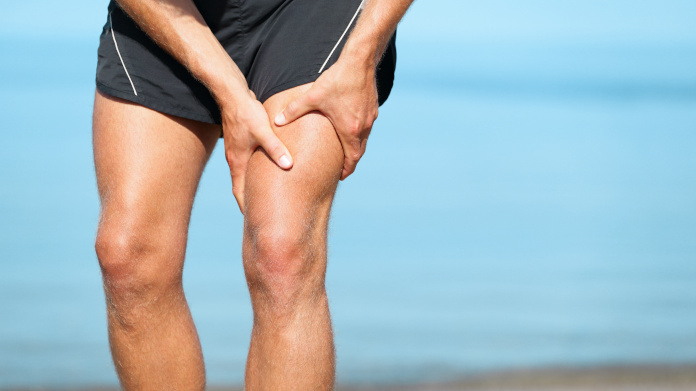In stock
Bone Health + Complete K
Complete your selection
What is in it Bone Health + Complete K
Any questions?
Up until the last few years, it was thought there was only one form and one active family of vitamin K, represented by vitamin K1 (phytomenadione or phylloquinone). This is the form found primarily in plants and cruciferous green vegetables such as cabbage, parsley, spinach and lettuce. It is fat-soluble and heat-stable but sensitive to light and alkaline environments.
Other forms of vitamin K, essentially vitamin K2, which is divided into two forms – MK4 and MK-7, have recently been the subject of important studies which have highlighted new properties beyond the well-established role in blood clotting mechanism.
- The MK-4 raction of vitamin K2 is very similar to vitamin K1 which the body is capable of converting into MK-4. However, the latter has a biological half-life of barely an hour and is therefore not a good supplement to take alone.
- The MK-7 fraction, on the other hand, has a half-life of three days, ensuring stable blood concentrations and enabling low doses to be taken with no cumulative effects. Natto is one of the primary sources for extraction. According to the latest studies, MK-7 is proving to be one of the best preventive agents against chronic inflammation which, over the years, can silently damage tissues and contribute to the development of associated conditions such as obesity, cancer and cardiovascular disease (including stroke and heart attack). Indeed, studies have shown that it inhibits pro-inflammatory markers produced by monocytes.
Menaquinones (vitamin K2) are synthesised by bacteria in the intestinal tract, but they are unfortunately totally eliminated in faeces rather than distributed to vessels, bones and various tissues. K2 vitamins are also found in offal, meat, fermented products such as certain cheeses, and especially natto, a traditional Japanese food made from fermented soybeans, which is by far and away the richest source of vitamin K2 but is unfortunately not part of the Western daily diet.
There is also a synthetic form, vitamin K3 (menadione) which is rarely used since it interferes with the cells’ antioxidant defences and can cause oxidation of cell membranes. In babies, it can destroy red blood cells, leading to anaemia. Those wishing to supplement with vitamin K should, therefore, do so with both the K1 and K2 forms.
Primarily linked to ageing, osteoporosis is a natural process characterised by a decrease in bone mass and bone density. It makes bones more ‘porous’ and vulnerable to fractures from even simple falls. As bone loss does not normally produce any symptoms prior to a fracture, it is known as ‘the silent disease’. But why does this bone loss occur?
Our bones undergo constant remodelling throughout life via a two-fold process:
- A resorption phase during which specialised cells called ‘osteoclasts’ eat away at existing bone structures. This leads to the development of holes in the bones (called Howship lacunae).
- A new formation phase during which other specialised cells called ‘osteoblasts’ make new bone structures to compensate for the ‘holes’ and restore bones to a healthy state. Minerals then accumulate in the new matrix to optimise the bones’ mechanical resistance.
This dual process allows the body to be in constant harmony with its environment. In this way, damaged bones are quickly rebuilt and the body is even able to make stronger bones if environmental factors change (such as when we engage in a new physical activity). However, it’s important that this two-fold process remains in balance: if the resorption phase gains the upper hand, the ‘holes’ are never filled in and bones become dangerously fragile. This is exactly what happens in osteoporosis.
A number of factors affect the balance of this bone remodelling (1):
- Sex hormones. Oestrogens are the main regulators of bone tissue remodelling. They target osteoblasts and are powerful inhibitors of bone resorption by osteoclasts. The fall in oestrogen caused by the menopause leads to an enduring imbalance in bone renewal: gains start to be outweighed by losses and osteoporosis develops rapidly.
- Mechanical constraints. Bones are able to adapt according to the level of physical restraint to which they’re subjected. When you suddenly stop exercising, following an injury for example, physical stimulation stops, which increases the resorption phase and reduces the rebuilding phase. Physical inactivity is therefore a cause of osteoporosis over the long term.
- Bone Morphogenetic Proteins (BMPs). These are proteins which promote the bone formation phase.
- Insulin Growth Factors (IGFs). These stimulate osteoblast activity.
- Transforming Growth Factor (TGF). This is a group of messengers that significantly influence the two phases of bone remodelling.
- Vitamin D. This vitamin plays an essential role in bone renewal: it stimulates intestinal absorption of calcium and phosphate (which are used to mineralise new bones) and inhibits parathormone, a protein that stimulates bone resorption.
Bone Health contains a blend of four plant extracts traditionally used for combatting bone loss.
Eucommia ulmoidesleaves
This is one of the most commonly prescribed natural treatments in China for treating osteoporosis (2-3). According to the theory of traditional Chinese medicine, Eucommia ulmoides (which is also called Du-Zhong in Asia) optimises the health of the kidneys which nourish and support bone tissue.
While modern science has demonstrated the anti-osteoporosis properties of Eucommia ulmoides, the mechanism of action is not yet clear. Several studies have shown that the plant’s non-steroidal polyphenolic lignans (4) behave in the same way as oestrogens. These ‘phytoestrogens’ may also bind to ‘oestrogen receptor alpha’ (5-7), potentially upregulating the activity of a number of genes central to osteoblast function (8).
It is this mechanism which may explain their ability to stimulate the phase of bone formation by osteoblasts (9) and thus increase bone mineral density, without causing any side-effects (10).
Astragalus root
Astragalus is well-known for its adaptogen properties but this traditionally used plant has other strings to its bow. With a high content of flavonoids, particularly isoflavones (11), it has been used for thousands of years to counteract osteoporosis (12).
Research has shown that it acts on two factors involved in bone remodelling (13-14):
- It increases levels of TGF-β1, a growth factor which actively supports bone formation. This factor enables the recruitment, differentiation and proliferation of osteoblasts necessary for bone formation (15-16).
- It also reduces levels of TGF-α, another growth factor that plays an important role in bone resorption and strongly promotes bone destruction by osteoclasts. After the menopause, levels of TGF-β1 fall (17), contributing to the imbalance in bone remodelling.
Scientists believe that the isoflavones in Astragalus also interact with oestrogen receptors. Like oestrogens, they increase the absorption of calcium which is vital for bone remineralisation.
Cuscuta chinensis seeds.
Cuscuta chinensis is a parasitic plant that has been used in traditional medicine for thousands of years for supporting bone function. It is also known as Dodder and Tu-Si-Zi. Its mechanism of action appears to be very similar to that of Astragalus: Cuscuta chinensis also contains a number of flavonoids (18), the most active of which are kaempferol, quercetin, hyperoside, astragalin and lignans (19).
Studies show it supports osteoblast differentiation and proliferation while inhibiting osteoclast activity (20-21).
Extract of Rehmannia root
Rehmannia glutinosa is an edible plant commonly known as Dihuang, used for at least 3000 years in traditional medicine. Modern research has revealed the presence of numerous bioactive compounds including flavonoids and monoterpenoids (22). Catalpol appears to be the most effective of the monoterpenoids (23) for supporting bone function, though the precise mechanism has yet to be established.
For significant long-term effects, supplementation should continue for a period of several months, at a dose of two capsules a day.
A number of additional measures can be taken:
- Supplementation with vitamin D, with calcium, or with other relevant substances available to buy at Supersmart (BMPs…).
- Frequent exposure to sunlight.
- Reducing consumption of caffeinated drinks (as they encourage calcium loss and thus the bone resorption phase).
- Taking up, or returning to, regular exercise (at an appropriate level for your physical condition).
The blend is very well-tolerated and is completely non-toxic.
Need help?
You may also like

